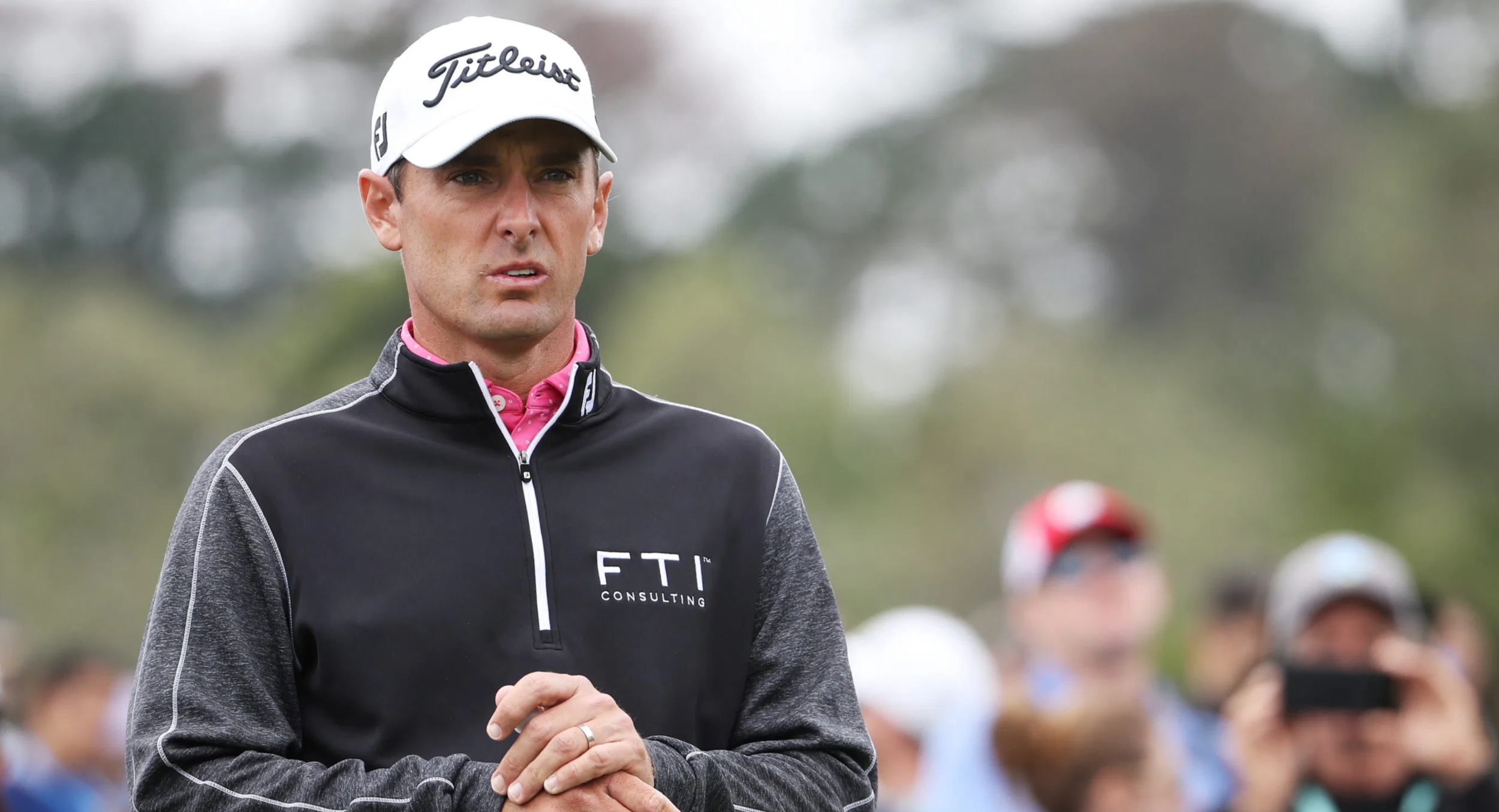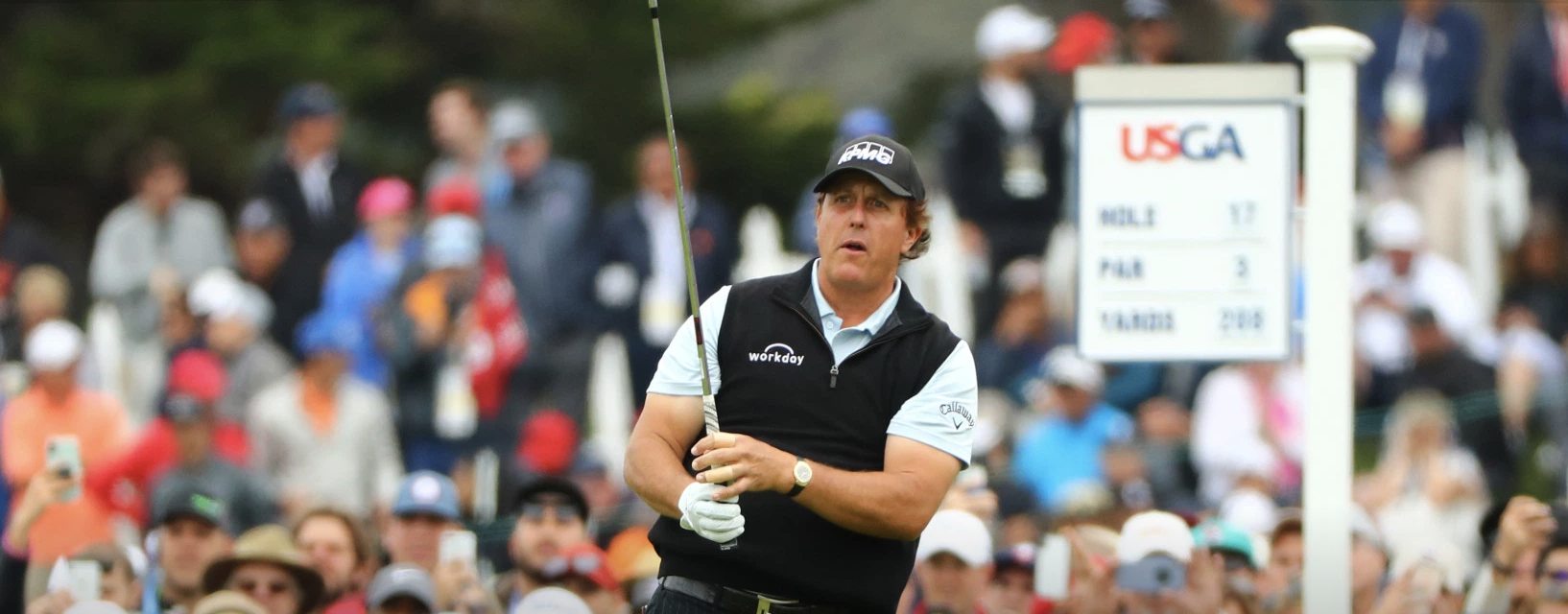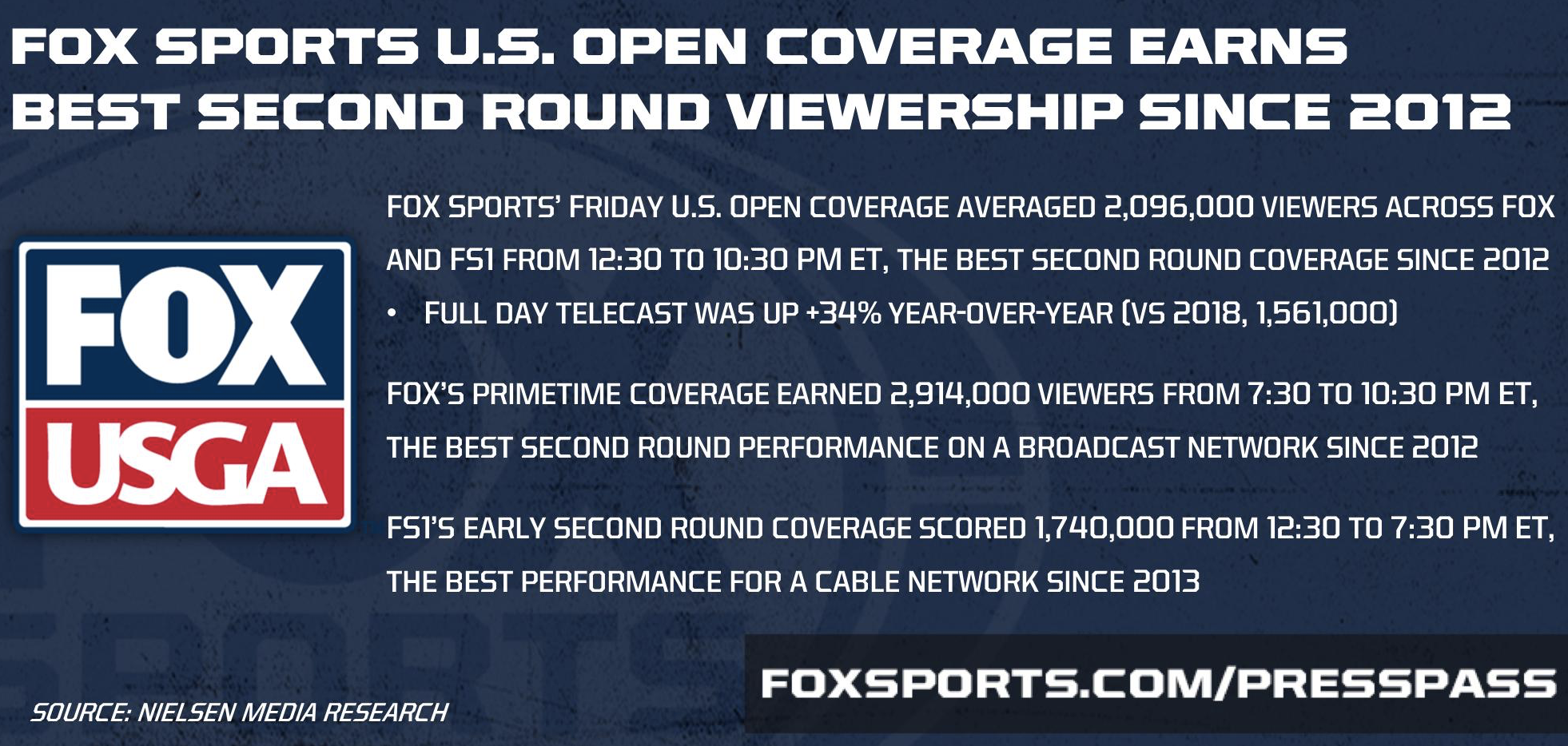"A PGA veteran’s callous joke about blackface and Tiger Woods turned into a lesson on empathy"
/I’m not sure I would have dropped on day one of the U.S. Open and might recommend bookmarking if you want to stay focused on the tournament. But Michael Williams files a lengthy, shocking, bizarre and eye-opening piece for The Undefeated detailing something he witnessed at last year’s U.S. Open.
Shocking because it involves one of the best people you’ll meet in professional golf—Charles Howell—who has gone above and beyond to learn from the incident. As always, please hit the link and take all of Williams’ piece in, but below is the setup.
I’ll add this to expedite matters: picture a lot of affluent people in a Lexus tent at Pebble Beach, one that make you wonder why need to have these corporate tents in the first place (oh, right, growing the game).
Williams writes:
I had been invited to the tournament by one of the corporate sponsors of the USGA, the organization that owns and operates the US Open. One of the perks was the opportunity to attend private post-round interviews with players, including Howell, in the sponsor’s hospitality tent beside the 18th fairway. As a golf journalist, I was familiar with Howell as a player, but I didn’t know much about him personally. While he wasn’t a contender to win (Howell finished tied for 52nd, 17 strokes behind winner Gary Woodland), I decided to attend to get some insight into how a physically unremarkable guy had willed himself to a remarkable career.
Todd Lewis of the Golf Channel was slated to ask Howell and fellow pro Patrick Cantlay about how the players thought they did, what their chances were, the difficulty of the course, etc. Typically, the players’ answers would match the banality of the questions.
But after a couple of softballs, Lewis started describing a story that Howell had shared with him when asked for an amusing anecdote. “You all remember the night Tiger Woods hit the fire hydrant with his car, right?” The 75 or so people in the tent laughed nervously and nodded, unsure why the 2009 accident outside Orlando, Florida, that contributed to Woods’ tragic fall was being raised at the national championship.
Lewis continued: “Now just to set the scene, there were reporters crews, camera crews, outside the gates of Isleworth from all over the world. I mean, it must’ve been 150 to 200 people there. There were helicopters flying above, trying to get pictures of Tiger’s house, the hydrant, Tiger, whomever. And looking for [his then-wife] Elin. Well, Charles decided he’d have some fun with all of that. Charles, pick up the story from there.”
Howell then told a story about how he thought it would be funny to punk the media looking for Woods.
And then it goes in rather unimaginable places from there, but with a happy ending! I promise.


























